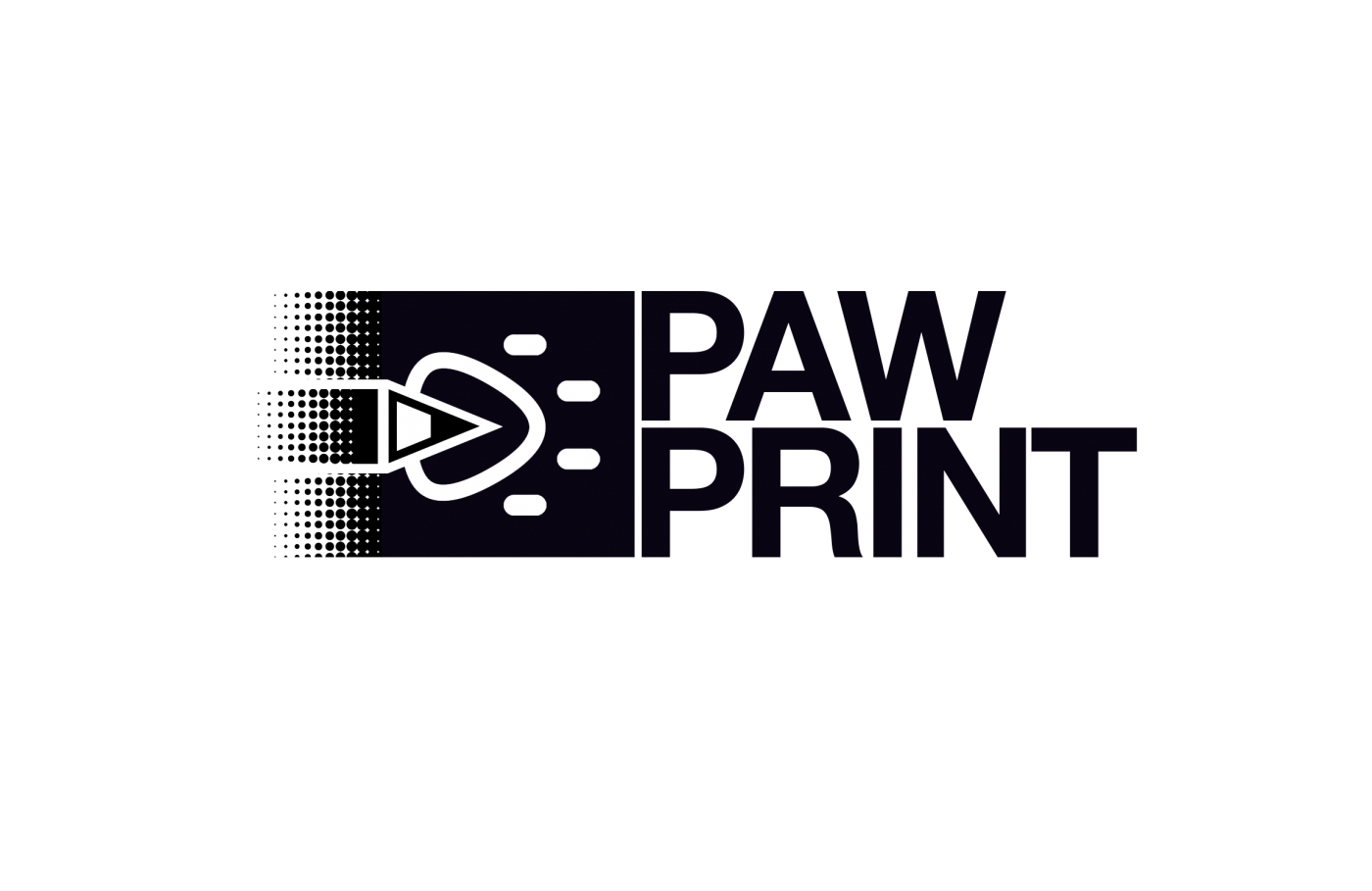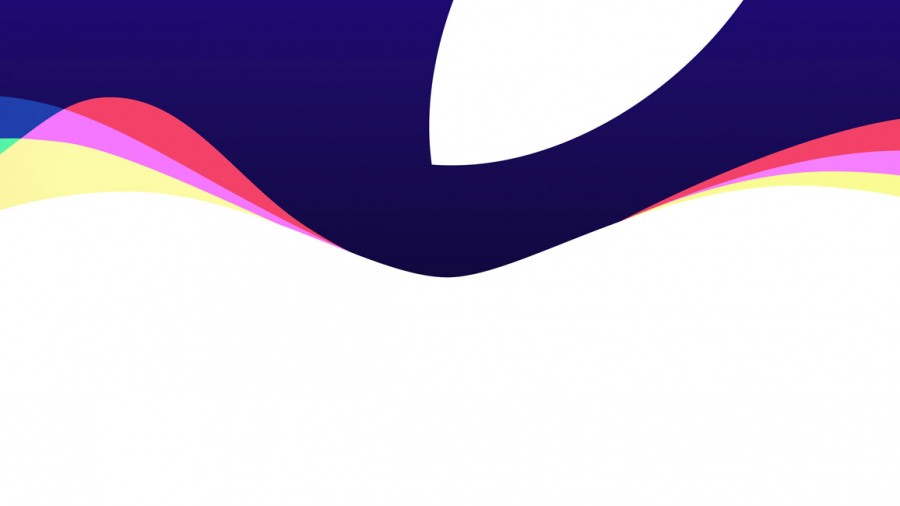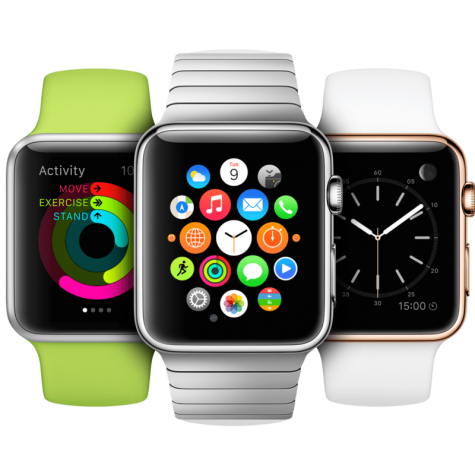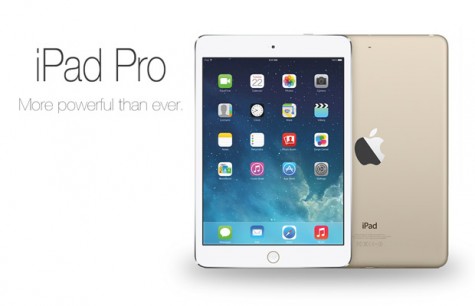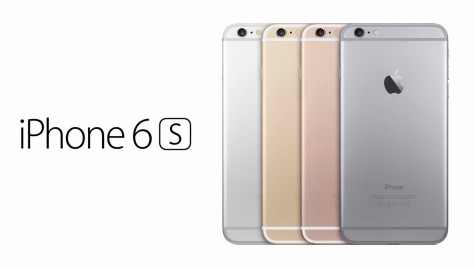What’s Next From Apple
On September 9th, Apple CEO Tim Cook took the stage of the Bill Graham Civic Auditorium to present Apple’s newest innovations. Apple has a yearly habit of introducing the latest iPhones at their September events, but this year, they had far more devices to show.
Cook kicked the presentation off with updates to the Apple Watch, the company’s newest wearable device. With a few new models, a brand new release of the Watch’s operating system and an unprecedented partnership with luxury brand Hermès, Apple is clearly preparing to take on competing products from Samsung, Pebble and other brands. For those who liked the looks of the yellow and rose gold Apple Watch editions but didn’t quite have $10,000 dollars hanging around to purchase one, Apple released new yellow and rose gold-colored versions of their much more affordable aluminum Apple Watch Sport. They also announced a new “fall collection” of their rubber Sport Bands with a variety of subtle tones to choose from. Apple provided some additional information about their upcoming Apple Watch software, watchOS 2. The headlining feature of the new OS is the ability to run apps directly on the Watch. Previously, all app data was stored on one’s iPhone, which forced the watch to offload data from the phone every time an app was opened. Now, app data is stored directly on the watch, allowing apps to open much faster. The most notable addition to the Apple Watch lineup is the Apple Watch Hermès. Hermès, famous for their iconic equestrian-inspired watch bands, has joined forces with Apple to create a range of leather bands exclusive to fashion boutiques around the world. The Hermès watches come in at around $1250—certainly a premium price compared to other smartwatches. These new watches will likely help Apple further their strategy of marketing the Apple Watch as a luxury item.
The next product Apple announced was the iPad Pro, designed to be used professionally while retaining the simplicity that iPads are known for. The iPad Pro clocks in at 12.9 inches, much larger than the iPad Air and iPad mini. Its massive screen size allows users to run two iPad apps at full-size, side-by-side. The iPad Pro isn’t all about the screen, however. The new A9X processor inside the iPad Pro performs at a level never before seen in its class. Using iMovie, the iPad Pro allows for smooth editing with up to three streams of ultra-HD 4K video. To sweeten the deal even further, Apple designed two new accessories exclusively for the iPad Pro. The first of these is the Smart Keyboard Cover, which borrows from the Microsoft Surface Type Cover but boasts a better feel, with its keys woven out of a new fabric specially designed for the cover. The other accessory for the new iPad is a brand-new stylus called Apple Pencil. To achieve a feeling similar to writing on paper, Apple engineered the iPad’s display and the Pencil in concert. The pressure-sensitive tip of the pencil is designed to create precise, controllable strokes. Having cast off styluses as too cumbersome for mobile devices nearly a decade ago, this marks a major move for Apple. Pencil is marketed towards creatives who rely upon devices like drawing tablets, as well as businesspeople who desire a more precise method of interaction with their iPad. These accessories come at a real cost, with the keyboard cover pricing in at $170 and the Pencil at $100. The iPad Pro itself is far pricier than earlier models, starting at $800. Overall, the iPad Pro is a premium tablet for those who desire the simple iPad experience at a professional level. It ships in November.
The most highly anticipated product at the event was the new Apple TV. For years, rumors gathered about a refresh of Apple’s set-top box, which has remained largely unchanged since its release. With the recent introduction of competitive devices from other companies like Amazon and Google, Apple needed to catch up—and catch up they did. The new Apple TV features a much-improved user interface and introduces Siri to the living room. And instead of filtering through scores of subscription services to find the show or movie you’re looking for, Siri on the new Apple TV uses voice commands to search Netflix, Hulu, HBO Now and more to find specifically what you want. Another groundbreaking addition is the inclusion of an App Store. The third-party experiences that revolutionized the iPhone can now utilize the comfort and large screen size of the television. Games like Crossy Road provide fun experiences for little or no money. Sports apps like MLB At Bat offer interactive experiences that outshine standard television. The new Apple TV comes out in late October.
Finally, the presentation shifted its focus to the iPhone. Improving upon the huge success of iPhone 6 and 6 Plus, the new iPhone 6s and 6s Plus feature more improvements than any of Apple’s phones of the past. The biggest news about the new phones is 3D Touch. The 6s and 6s Plus feature pressure-sensitive displays akin to those on the Apple Watch and the trackpads of the MacBook line. Pressure sensitivity provides a new way to interact with the software of the phones. By pressing gently on an item in a list, such as an email or messaging thread, you can peek at its contents without having to navigate in and out of it. If you like what you see and want to dig deeper, applying more force allows you to “pop” into the content, filling the screen entirely. On the home screen, applying pressure to apps like Camera or Maps provides quick shortcuts to common activities within the apps, like taking a selfie or getting directions home. Simply put, 3D Touch breaks the boundaries of the two-dimensional screen. The cameras on the 6s and 6s Plus are vastly improved, with new 12-megapixel sensors that capture more detail. A new feature called Live Photos captures the moments before and after a photo is taken. When viewing the photo, applying force plays a short animation of these moments. Speed improvements, courtesy of the new A9 chip, allow for iOS 9’s buttery-smooth performance on the 6s and 6s Plus. The iPhone 6s and 6s Plus retain the physical appearances of the previous generation, but, as Apple’s own ads say, “The only thing that’s changed is everything.” The new phones come out on September 25, but preorders have already set the ship date into October.
Apple’s September event was anything but ordinary. Unlike previous Apple keynotes, this announcement covered so much of the Apple ecosystem, from the TV to the Watch. Unexpected new products like Apple Watch Hermès delighted the audience. The new iPhone and iPad pushed their original concepts and introduced new features we never knew we needed. These innovations, along with long-awaited announcements like the new Apple TV, are proof that Apple still has the spark that has kept it alive all these years.

